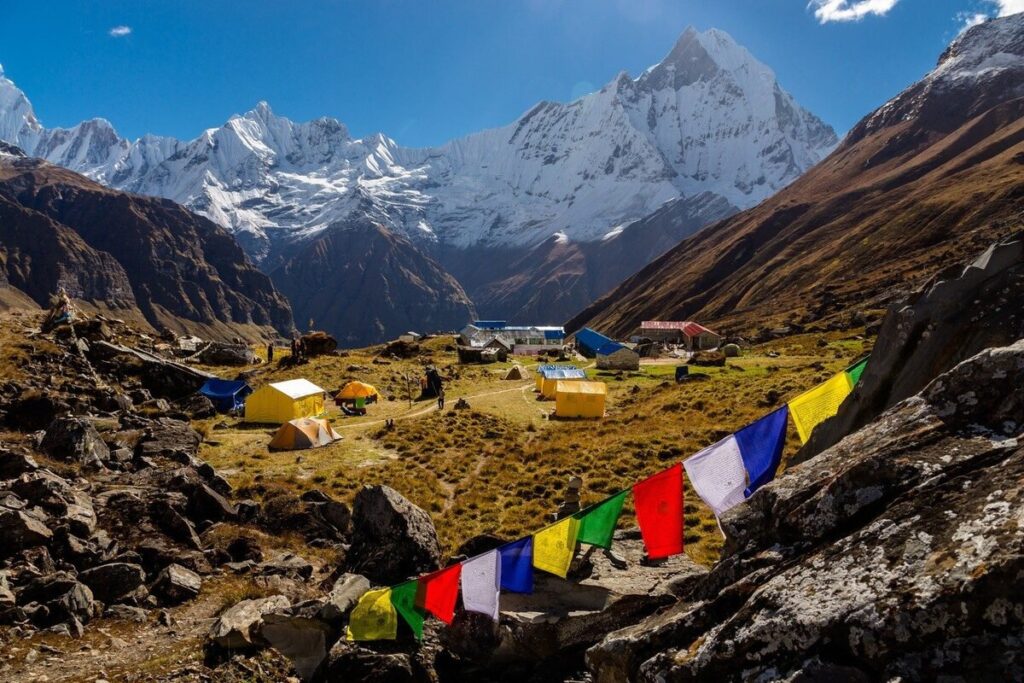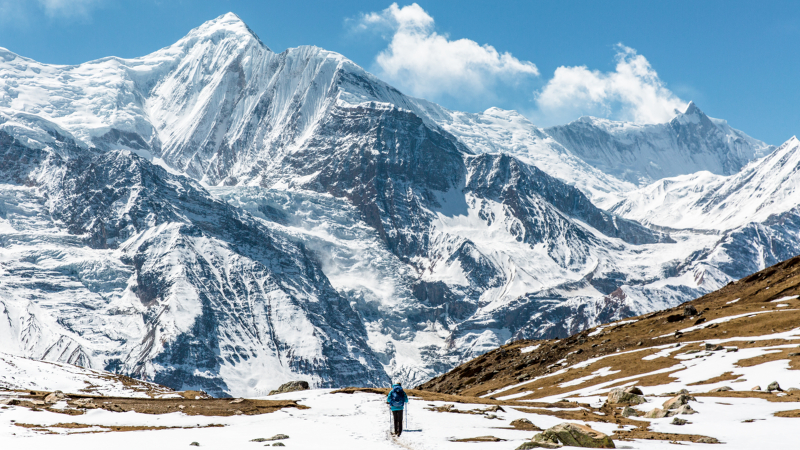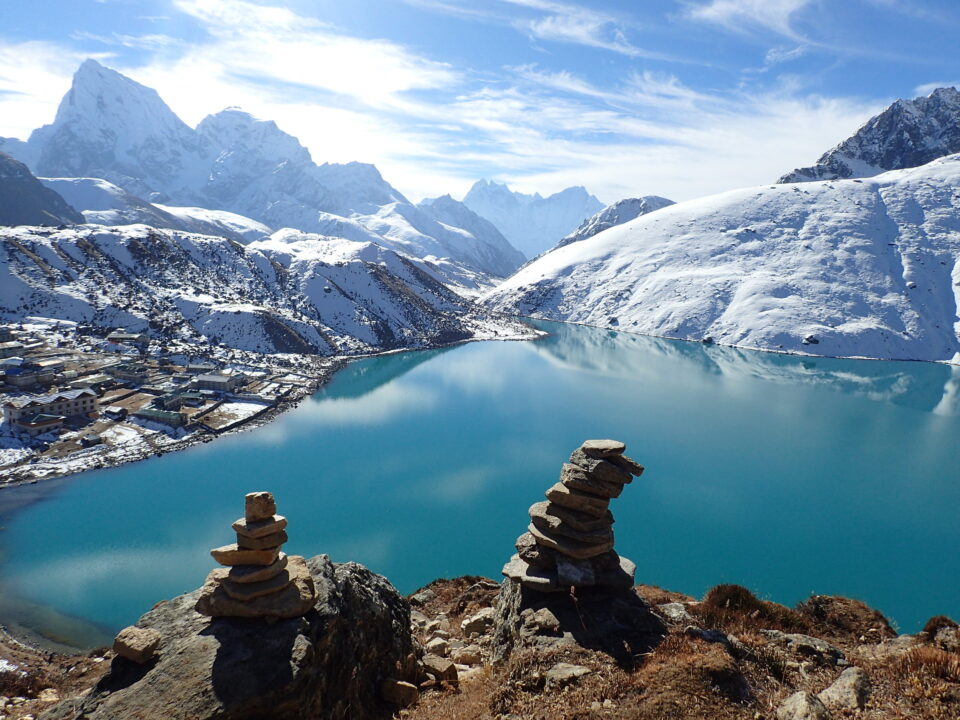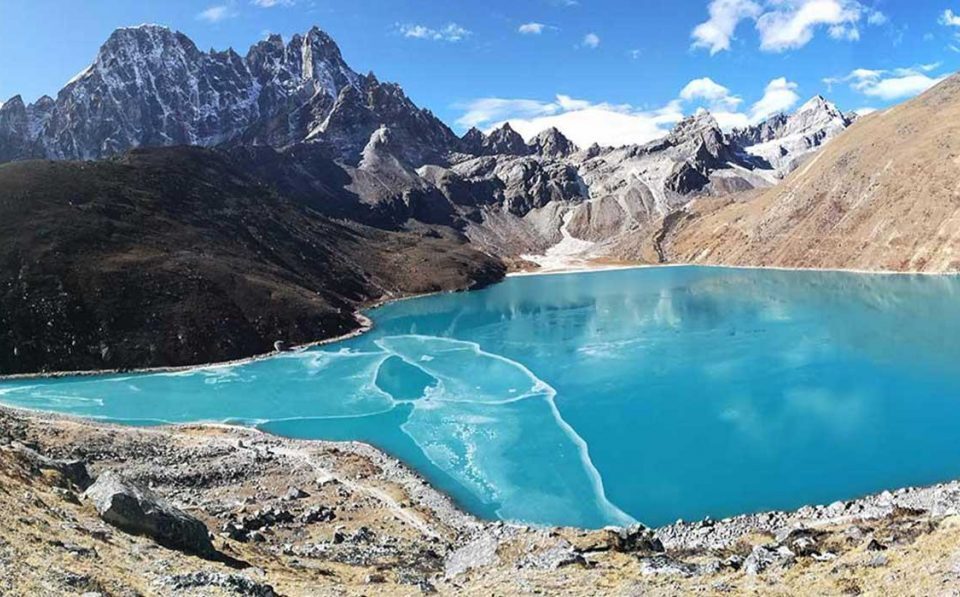Annapurna Circuit: Trekking Through the Heart of the Nepalese Himalayas

Annapurna Circuit: Trekking Through the Heart of the Nepalese Himalayas
Annapurna Circuit: Trekking Through the Heart of the Nepalese Himalayas
The Annapurna Circuit in Nepal is heralded as one of the world’s great treks. This epic trail winds through some of the most spectacular mountain landscapes on the planet, offering trekkers a unique blend of natural beauty, cultural richness, and physical challenge. The circuit takes you around the majestic Annapurna massif, passing through diverse geographical and cultural regions from subtropical forested hills to arid alpine peaks. Here’s everything you need to know about trekking the Annapurna Circuit, from preparation tips to what you can expect during your journey.

Overview of the Annapurna Circuit
Geographical Scope and Route
The Annapurna Circuit typically spans over 160 to 230 kilometers, depending on the exact trail and side trips chosen. The trek begins in Besisahar or Bhulbhule in the Marshyangdi River valley and concludes in the Kali Gandaki gorge, the world’s deepest river gorge. The route circles the Annapurna massif, passing through Manang, crossing the Thorong La Pass at a breathtaking 5,416 meters (17,769 feet), and descending to Muktinath and Tatopani before reaching its final destination at either Nayapul or Pokhara.
Trek Duration and Difficulty
The entire trek typically takes between 12 to 21 days depending on pace, acclimatization days, and weather conditions. It is considered a moderate to challenging trek, suitable for reasonably fit individuals with some trekking experience. The highest point, Thorong La Pass, presents a significant challenge due to the altitude and potential for rapid weather changes.
Highlights of the Annapurna Circuit
Diverse Landscapes
From lush subtropical forests and paddy fields in the lower reaches to the high mountain passes draped in snow, the Annapurna Circuit offers a remarkable variety of landscapes. Trekkers experience firsthand the incredible biodiversity of the region.
Cultural Experience
The trek moves through various villages inhabited by diverse ethnic groups, including Gurungs, Manangis, and Thakalis. This provides a wonderful opportunity to learn about the rich cultural tapestry of Nepal, observing local traditions and lifestyles that have remained largely unchanged for centuries.
Breathtaking Mountain Views
The Annapurna Circuit provides unparalleled views of some of the highest peaks in the world, including Annapurna I, Manaslu, Dhaulagiri, and Machhapuchhre (Fishtail Mountain). Each turn in the trail offers a new, awe-inspiring panorama.
Preparing for the Trek
Physical Preparation
It is essential to be in good physical condition. Begin training several months in advance, focusing on cardiovascular fitness, strength training, and hiking. Training on hills and stair climbing can be particularly beneficial.
Gear and Equipment
Proper gear is critical for a successful trek. Key items include a good quality backpack, a sleeping bag suitable for cold temperatures, hiking boots, trekking poles, and appropriate clothing for variable weather conditions. Renting equipment in Kathmandu or Pokhara is possible but check the quality carefully.

Travel Insurance
Ensure you have travel insurance that covers high-altitude trekking. Check that it includes emergency evacuation and hospital treatment, as trekking in such remote areas comes with inherent risks.
Permits
Two permits are required for the Annapurna Circuit: the Annapurna Conservation Area Permit (ACAP) and the Trekkers’ Information Management System (TIMS) card. These can be obtained in Kathmandu or Pokhara.
Best Time to Trek
The best times to undertake the Annapurna Circuit are during the spring (March to early May) and autumn (late September to November). These months generally offer clear skies, milder weather, and the best mountain views. Monsoon season (June to mid-September) is less ideal due to heavy rains and potential landslides, while winter (December to February) poses challenges with cold temperatures and snow, especially near Thorong La Pass.
Conclusion
Trekking the Annapurna Circuit is an unforgettable adventure filled with stunning natural beauty, rich cultural interactions, and personal achievement. It requires careful planning and preparation, but for those who undertake it, the circuit provides a profound and enriching experience that resonates long after the journey is over. Whether you are a seasoned trekker or a passionate novice, the Annapurna Circuit promises an epic journey through the heart of the Himalayas.



